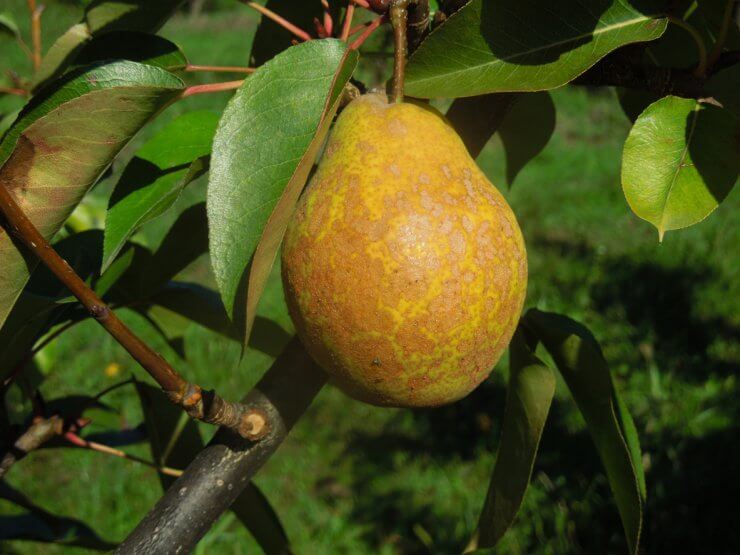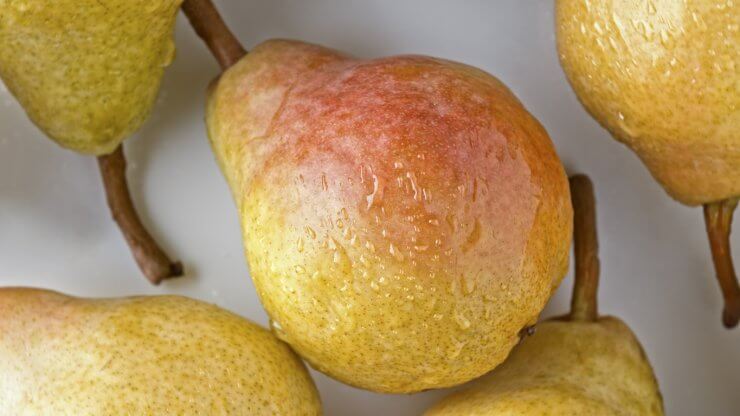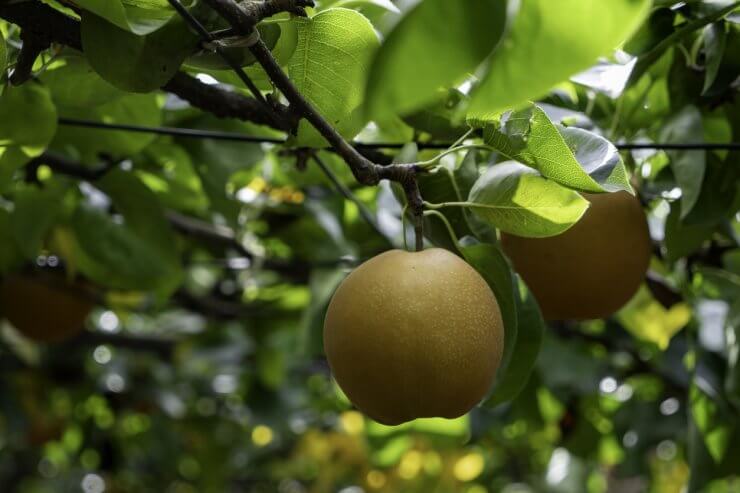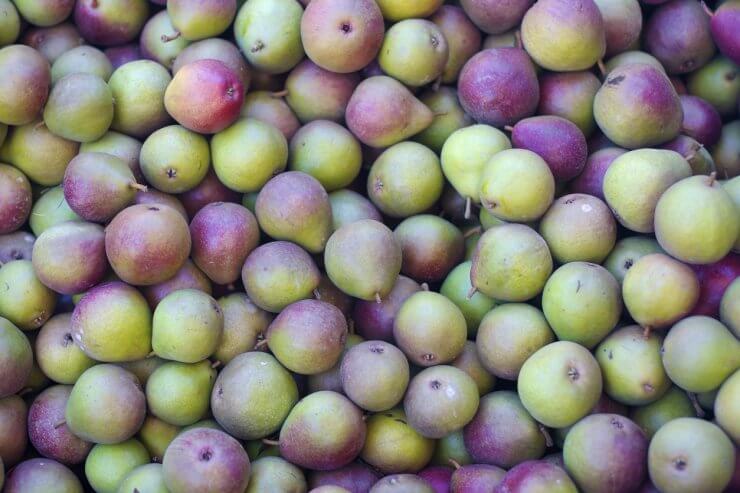When most people think about planting pear trees, one detail often causes hesitation: pollination. Pears are notorious for needing a companion tree nearby, usually of a different variety, in order to set a good crop. For the gardener with a small yard, the thought of squeezing in two or more trees can feel impossible. The good news? A handful of pear varieties are capable of self-pollination, meaning they can fruit even when planted on their own.
Self-pollinating pears aren’t magical – they still contain both male and female flower parts and depend on wind or insects to transfer pollen. The difference is that their flowers are fertile with their own pollen, so they don’t rely exclusively on cross-pollination from a neighbor. Gardeners should know, though, that even these so-called “solo performers” tend to give heavier, more reliable harvests if another pear tree is nearby. Think of them as independent, but not opposed to company.

One of the best-known examples is the Kieffer pear, a tough old standby often planted in the southern United States. It’s not the soft, buttery pear you might find in a supermarket produce section, but rather a crisp, golden fruit with a coarser texture that shines in pies, preserves, and canning jars. Kieffer trees are vigorous growers, tolerant of heat and less-than-perfect soil, and can bear fruit without another tree to rely on.

Another variety with a self-reliant streak is Moonglow, appreciated not just for its ability to set fruit alone but also for its resistance to fire blight, a disease that plagues many pear growers. Its smooth, mild-flavored pears ripen early in the season, making it a favorite for fresh eating. While Moonglow can pollinate itself, many gardeners find that pairing it with a ‘Bartlett’ or another compatible pear leads to larger, juicier fruit.

In warmer regions, gardeners often turn to the Orient pear, a round, firm-fleshed fruit that looks almost like an apple at first glance. Orient is a dependable, low-maintenance tree that can produce even without a partner, and its fruit holds up beautifully in the kitchen for canning or baking. Then there’s the Seckel pear, sometimes called the “sugar pear,” which produces small but intensely sweet fruit perfect for lunchboxes or pickling whole. Though capable of setting fruit on its own, Seckel, like the others, always performs better with a pollination partner nearby.

So, do self-pollinating pear trees exist? Yes–but with a caveat. Varieties such as Kieffer, Moonglow, Orient, Baldwin, and Seckel can all bear fruit when planted alone. However, if your dream is a heavy harvest of plump pears, planting a second, different variety will almost always reward you with more abundant and higher-quality fruit.
For the gardener with limited space, a single self-pollinating pear tree can still bring the joy of fresh, homegrown fruit. With careful pruning, regular watering, and a little encouragement for pollinators like bees, these trees can thrive even in a modest backyard. And if you can manage to make room for a second tree, you may just find yourself with more pears than you know what to do with – a happy problem to have come harvest season.
Tips and tricks for growing self-pollinating pear trees
If you’re planting a self-pollinating pear tree, there are a few things you can do to maximize your harvest and keep your tree healthy year after year:
- Choose the right location. Pears love full sun. Pick a spot that gets at least 6–8 hours of direct sunlight daily, with well-draining soil.
- Mind the spacing. Even if you’re planting only one tree, give it room to spread – typically 12–20 feet, depending on the variety. Good air circulation reduces disease risk.
- Encourage pollinators. Plant flowers like clover, lavender, or borage nearby to attract bees and other pollinators. This will boost fruit set, even on self-pollinating trees.
- Prune with purpose. Pear trees benefit from yearly pruning in late winter. Remove crossing or crowded branches to open the canopy, which helps with both light penetration and airflow.
- Feed the soil. Pears aren’t overly demanding, but they do appreciate compost or a balanced fruit-tree fertilizer applied in spring. Healthy soil equals healthy fruit.
- Water wisely. Young trees need consistent watering during their first few years. Mature trees typically only need extra water during dry spells.
- Harvest with care. Pears often ripen off the tree. Pick them when they’re still firm but starting to change color, then let them finish ripening indoors for the best flavor.
- Consider a partner anyway. Even with a self-pollinating pear, adding another compatible tree nearby can dramatically increase fruit size and yield.
With these simple practices, you can give your self-pollinating pear tree the best chance at producing a generous, delicious harvest year after year.
Want to learn more about growing pears? With our Pear Gardening Guide, you’ll have everything you need to know about growing and enjoying this delicious fruit, including specific advice about planting, pruning, and harvesting, watering tips, and easy-to-make, delicious recipes!


 Previous
Previous

